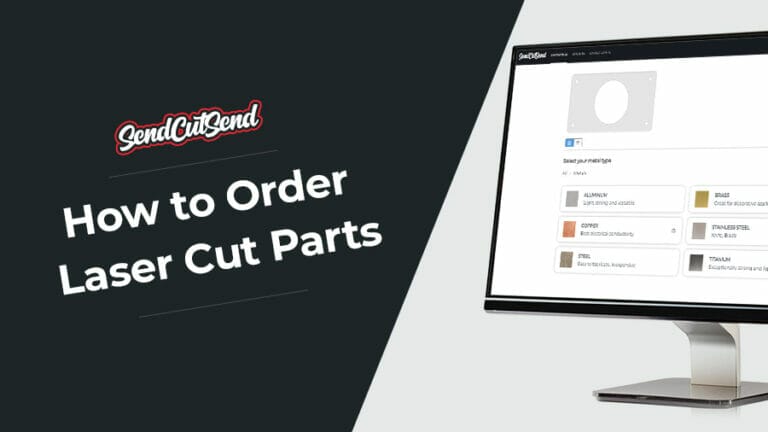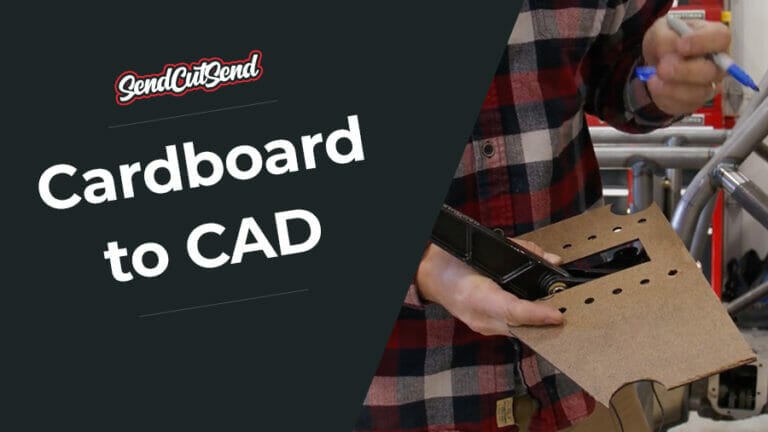Threading sheet metal can be deceptively simple—but getting it right means understanding the principles of thread engagement, hole sizing, and the quirks of different materials. Whether you’re designing in CAD or tapping sheet metal parts in your garage, this guide will help you make better decisions and avoid costly rework.
Pro Tips for Threading and Tapping Sheet Metal: Video Guide
What Is Thread Engagement?
Thread engagement refers to how much of the internal thread surface contacts the external threads of a screw or bolt. It’s the primary factor in determining how strong your threaded connection will be.
Imagine your threads as interlocking triangles. You don’t need every surface in contact. In fact, most standards aim for about 70% engagement. Too little engagement and your threads can strip or pull out. Too much engagement, and you’re likely to break taps or deform the material.
Drill Size and Pilot Holes: Why They Matter
The diameter of your pilot hole directly affects thread engagement. A hole that’s too large reduces thread contact. A hole that’s too small increases resistance, causes tap breakage, and often results in damaged threads.
Instead of manually calculating drill sizes using tap charts, SendCutSend automates this process. Just specify the thread you need—such as 1/4-20—and we’ll automatically adjust the hole diameter to meet the ideal engagement specs.
How We Ensure Quality Tapped Holes
At SendCutSend, our tapping stations use go/no-go gauges to confirm thread tolerance. These precision tools check that your tapped holes are neither too tight nor too loose.
- Go Gauge: Should pass fully through the tapped hole.
- No-Go Gauge: Should not pass more than one or two threads.
This ensures your parts are within spec and ready for hardware installation without additional work.
The Tapping Sheet Metal Process
Tapping involves cutting threads into pre-drilled holes using a tool made of hardened steel. The tap removes material as it rotates, forming precise thread profiles. This process is particularly sensitive in smaller sizes or fine-pitch threads where tolerance is critical.
If the hole isn’t sized properly, hardware might not seat correctly—or it might not fit at all. To prevent this, we recommend placing any hole size in your model and assigning the correct thread during the configuration step. We’ll take care of sizing it for you.
Understanding Imperial vs Metric Threads
Imperial threads are defined by the number of threads per inch (TPI). For example:
- 1/4-20 = 1/4″ diameter, 20 threads per inch (coarse)
- 1/4-28 = same diameter, finer thread
Metric threads work differently:
- M8 x 1.25 = 8mm diameter, 1.25mm between each thread peak
- M8 x 0.75 = same diameter, finer pitch (more threads)
Knowing this helps you choose the right hardware and ensure compatibility between components.
Challenges with Thin Materials
Thin sheet metal often doesn’t allow for enough threads to achieve strong engagement. A good rule of thumb is to have at least 3 to 4 full threads of engagement for reliable performance. If you’re working with thin material, fine-pitch threads can help—but they aren’t always enough.
Alternative Solutions:
- PEM Hardware: Great for thin sheet metal. Adds fully threaded inserts that can handle repeated use and higher loads.
- Helicoils & Timeserts: Threaded inserts that reinforce soft or stripped holes.
- Rivnuts: Ideal for blind applications where you can’t access the back side of the part.
Avoiding Stainless Steel Pitfalls
Stainless steel is notorious for galling and hardening during tapping. It doesn’t form clean chips, often leading to broken taps and ruined parts. If you’re tapping stainless, avoid using stainless screws—threading stainless into stainless can cause cold welding and make disassembly impossible.
We generally recommend using other materials when tapping is necessary or switching to PEM-style inserts that handle the material better.
Size and Fixture Limitations
Our ability to tap depends on the size and shape of the part. Very large parts may not fit in our fixturing equipment, and extremely small parts can be too delicate to hold securely. We’ve seen challenges with dime-sized parts requiring tapped holes—and that’s why we set minimum and maximum part size limits.
Materials over half an inch thick can also pose problems, especially those like chromoly that harden during cutting. In these cases, tapping may be limited or unavailable.
Summary: Best Practices for Tapping Sheet Metal
- Aim for 70% thread engagement to ensure thread strength without damaging the tap.
- Let us size your holes automatically during configuration by specifying your thread type.
- Use PEM hardware for thin sheets and high-strength fastening.
- Avoid tapping stainless if possible—or avoid pairing it with stainless hardware.
- Design within our size limits for the most efficient and reliable tapping process.
Ready to Get Tapped Parts?
Upload your DXF or STEP file to sendcutsend.com and configure your tapped features during checkout. We’ll size the holes correctly and ensure your parts meet all specs before they ship.




